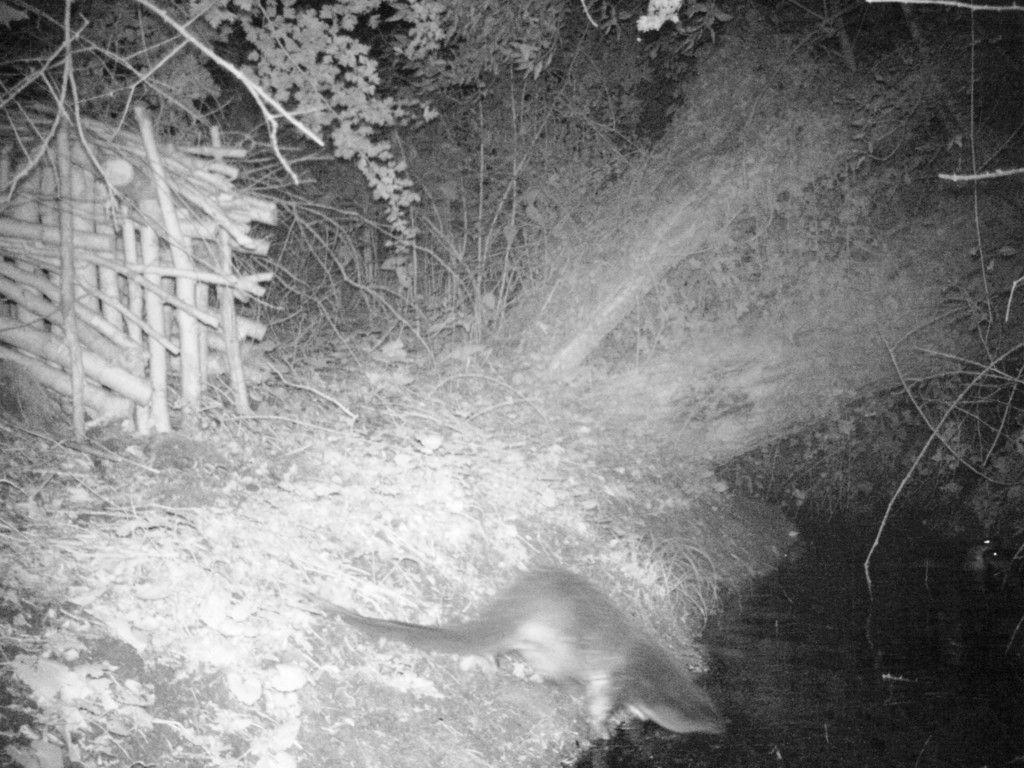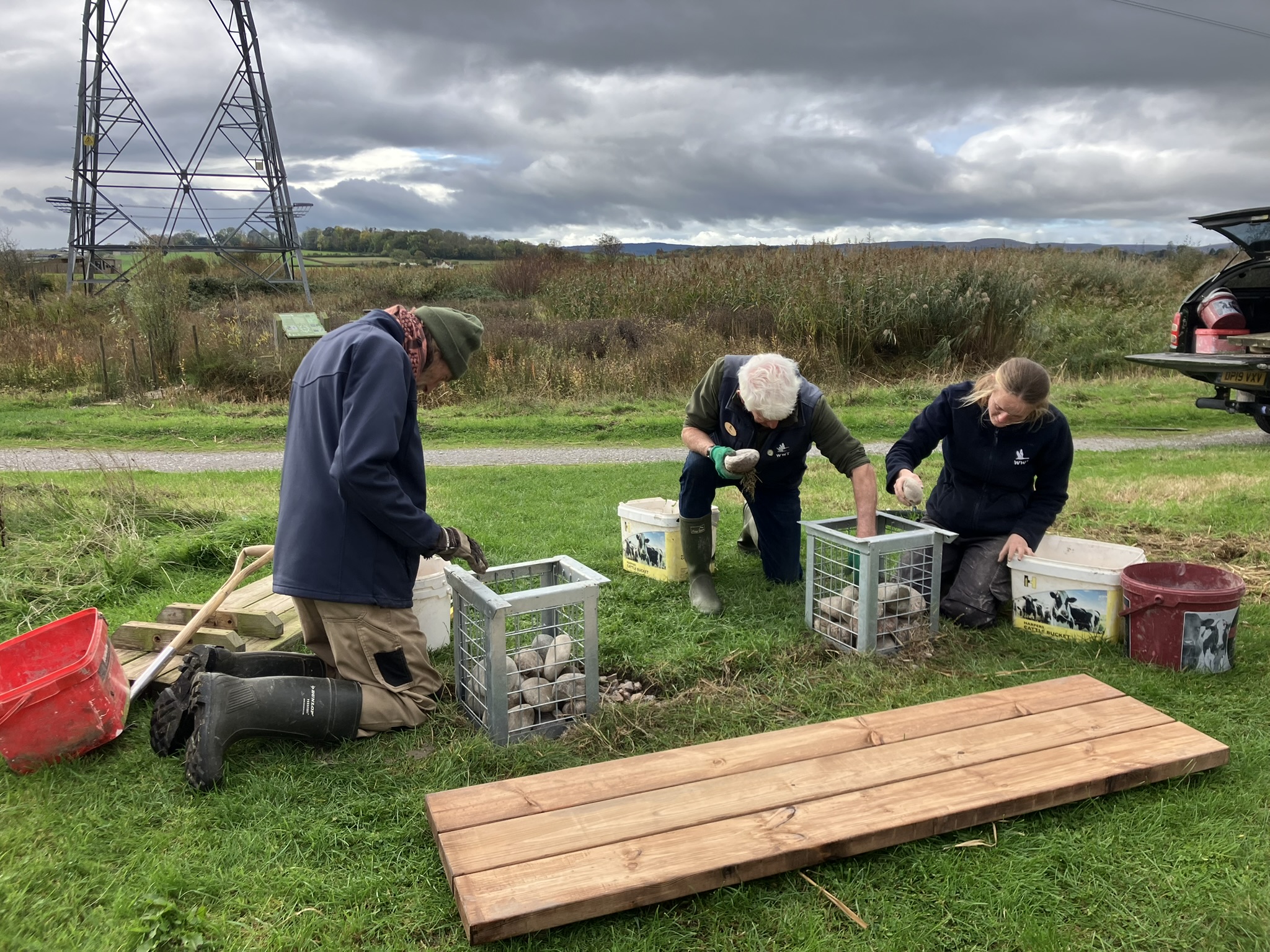Otter snapped at Steart for first time
An elusive otter has been caught on camera at Steart in Somerset, where the largest new wetland nature reserve in the UK is being developed by the Environment Agency and the Wildfowl & Wetlands Trust.
WWT Project Manager Tim McGrath worked with local residents to set the camera trap that took the photo after seeing otter prints in the soft mud on the banks of the stream.
Local residents have also built an artificial otter holt [den] on the site, which is visible in the left of the photo.
Tim McGrath said:
“Steart Marshes will be the largest new wetland in the UK, so it’s going to be absolute heaven for otters, which are surely one of the UK’s most exciting wetland mammals. It’s fantastic to have confirmation that they’re out there. Without using camera traps, it’s hard to know this how they’re using an area because they spend much of their time alone, only coming out at night and largely keeping to the water.”
Eurasian otters declined sharply due to pesticide use in the UK between the 1950s and 70s and the disappeared from most of England. Since those chemicals were withdrawn from use, they have started to spread out across rivers and wetlands and increased in numbers.
Andy Baines of the Environment Agency said:
“Since those chemicals were withdrawn from use and our rivers have become cleaner, our otter population has been recovering and spreading out across rivers and wetlands. Otters are once again found in every county across England with Somerset now a particularly important stronghold. It’s fantastic that this habitat is already attracting such an iconic species as the otter on a site designed to act as a replacement through European legislation.”
Steart Marshes is designed to be more than a nature reserve. Rising sea levels are already reducing the area of tidal habitat in the Severn Estuary and 3,700 hectares are expected to permanently disappear under water by the end of the century. As well as supporting wildlife, this habitat helps protect homes against flooding and is a nursery for important fish stocks. Several hundred hectares of new Atlantic salt marsh will form when the old sea wall is breached. As climate changes further in the future, it will continue to protect and serve people, as well as wildlife.




